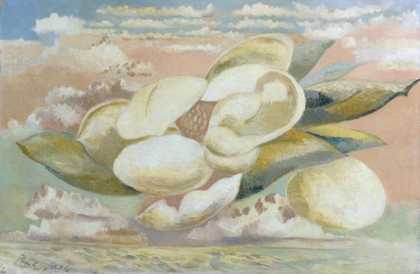Some years ago, I had a job that involved clearing the houses of the dead. As a handyman at a retirement village, it was left to me to bag up and remove all that remained after the deceased’s valuables had been taken away: all the old papers and photographs, the tattered theatre programmes and chipped mugs, the dried-up fountain pens and faded silk flowers of a lifetime that history had deemed unremarkable. It was both humbling and inspiring work. To handle the last possessions of the dead aroused in me a kind of sympathetic magic and, though my usual work was fairly dull, I always treated this one job as sacred: gathering the lost objects of a life, I could feel the spirit of the departed pass, momentarily, from a cigarette holder or an old razor into my still-living flesh.
This sympathetic magic is what one hopes for, I suppose, when visiting archives. To handle the original papers, photographs and tools of those who history has, for whatever reason, deemed remarkable, is to venture upon a journey, not of thought so much as nerve – an attempt to connect with lost time, to arrive at the origin of a poem, or a discovery, or a work of art, and be there in spirit at the moment when it was made. I must confess that this was my reason for wanting to see Paul Nash’s paintbox, rather than his letters, say, or his books. As a writer, I miss the sheer physicality of using materials; as a lover of Nash’s work, I longed for that sudden kindling of the nervous system that handling his brushes and paints might bring.
Why Nash? Taste is hard to explain and genius difficult to define, but, on a purely personal level, I think of Nash as a guardian, not only of a landscape that feels more to me like home than any other, but also of a set of myths – an idea of flight, say, or the tension between human conflict and a very specific form of pastoral – that I believe are central to our times. Most of all, for me, he represents home. When I forget where I am, when I forget my place, Nash relocates me. Sitting in the waiting room of a country station, walking a dark towpath, even just crossing a street, I am part of a larger narrative which he may not have created, but to which he gave a singular sensibility, a queer radiance. Every winter there is a moment that is pure Nash; every time I look out to sea, I am at least partly in his power. Holding his brushes, opening a box of watercolours in which the tiny pastilles of paint still looked wet, I felt a little closer to him. If I were to say I understood him any better, his ghost would rightly scoff. But, for a moment, I did feel him – and only then, as I sat communing with an old paintbox, did I realise that he had been there all along.


